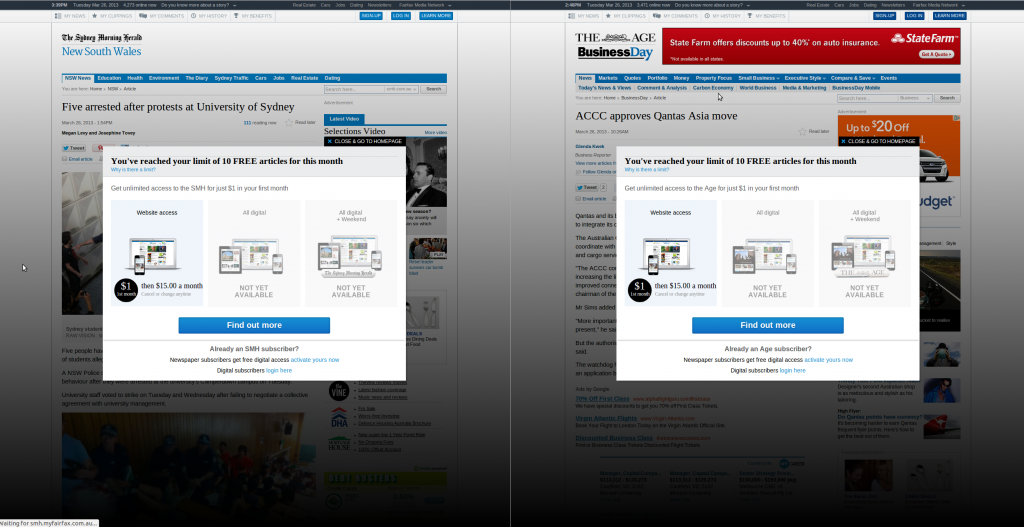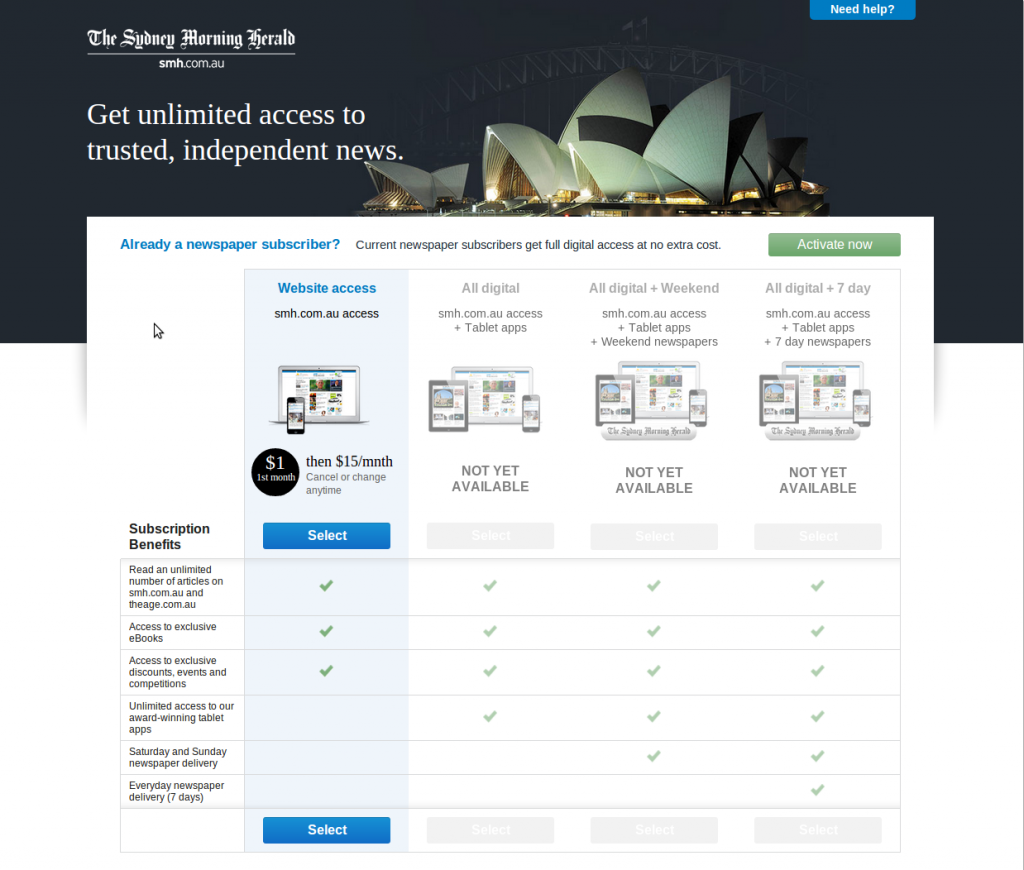It’s been just over a week since we returned to Wellington, been great to get home and start making plans for long term!
Was a bit of a mission moving out of our Sydney place – whilst we went over with a total of 4 suitcases, we returned with a much larger unexpected 8 suitcases worth of stuff, which we then had to pay to lug back across the Tasman.

Our luggage reminds me of a Java application and heap space.

Teeny-tiny little 737 to take us home.
Since arriving, I’ve resumed working for Fairfax as a Systems Architect, looking after both the New Zealand and the Australian systems, including SMH, TheAge, Stuff and another 700-odd sites owned by Fairfax.
It’s a bit of a step up for me, still lots of hands on engineering work, but a chance to grow my skills and take responsibility for designing and building our next generation systems on both sides of the Tasman.
It’s certainly a bit of a change talking with my AU colleagues via Google Hangout video chat rather than sitting in the pub over a beer and it’s sad to lose that closeness, but still glad I can continue working with such an excellent group of people.
I’ve also gained a bunch of friendly NZ colleagues whom I’ll be working with on various projects, seems like a pretty cool bunch.

An important NZ public holiday, celebrated by the NZ office.
Meanwhile on a personal front, Lisa and I are staying in a serviced apartment for 6 months whilst we finish putting together our deposit and then go house hunting in Wellington for a place of our own!
The Reserve Bank has made it tricky with banks being limited on the number of low equity loans they offer, but we have enough to get a place in a decent price bracket with a 20% deposit. If we can get approval of a low equity loan, then our options open up even more.
It’s good to be back home again! Once we’ve settled in, will be out and about house hunting and just generally enjoying Wellington.

Wellington CBD from Mt Kaukau






